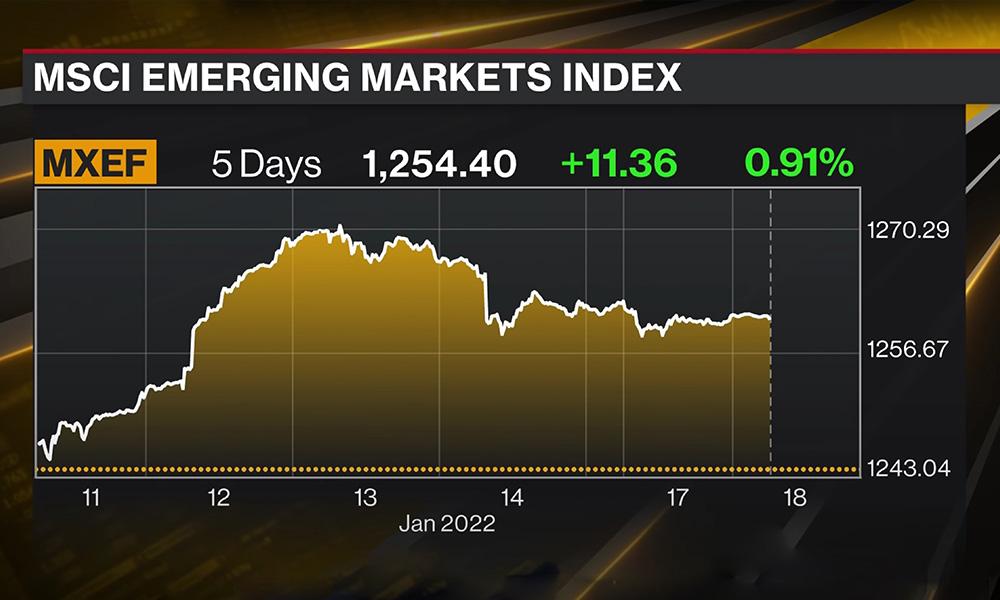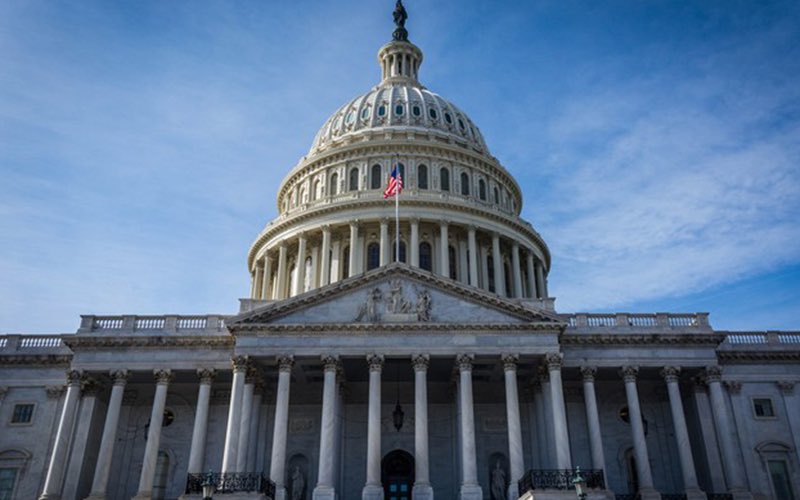The tariff "ultimatum" is coming. Who can be spared after July 9?
2025-07-02 21:03:38

This structure not only targets specific goods, but also introduces a national differentiation strategy. As a special case, the UK enjoys a 100,000-vehicle quota in the automotive sector, while Canada and Mexico bear punitive tariffs of 25% and 10% respectively due to USMCA compliance issues. The United States promotes the "structural asymmetry" taxation logic globally, aiming to make up for fiscal deficits through tariff revenues and exert greater negotiating pressure on cooperation conditions.
The critical period of negotiations is approaching: the progress of negotiations between the US and Europe and the US and Canada is divergent
With the 90-day tariff suspension period set to end on July 9, 2025, key negotiations are entering their final stages. According to Reuters, the UK and China have reached a preliminary framework agreement with the US, but a number of high tariffs remain in effect, reflecting the US's intention to obtain structural concessions through the agreement rather than completely abolish tariffs. Especially between Europe and the US, the US requires the EU to adjust non-tariff barriers, such as digital regulation and carbon border mechanisms, but the EU insists on specific exemptions in areas such as automobiles, steel, aluminum, and semiconductors, resulting in slow progress in negotiations. If the negotiations break down, the US will impose tariffs of up to 50% on EU goods, and the EU is preparing to launch reciprocal countermeasures on July 14, forming an escalating trend of tariff confrontation.
The policy tone is clear: tariffs will not be withdrawn, and fiscal and strategic dual-track advancement
Although the United States has launched negotiations with many countries, the basic policy tone has not changed. Commerce Secretary Lutnick made it clear that the United States does not pursue reciprocal tax exemption agreements, but rather emphasizes the fiscal and strategic benefits of symmetrical taxation. This idea stems from the core concept of the "2025 Project". Tariffs are not only economic tools, but also a means to contain opponents and restructure the global value chain. Analysts pointed out that the US government is building a supply chain security network with itself as the core through a series of bilateral agreements, rather than pursuing global trade liberalization. This means that even if some countries are temporarily exempted in the short term, the overall high tax rate pattern will still exist for a long time.
Legal uncertainty remains: Legality of tariffs up in the air
There are still important legal risks behind the current tariff policy. The U.S. Court of International Trade (CIT) previously ruled that the IEEPA tariffs were overreaching, and although the higher court has suspended its execution, if the Federal Circuit (CAFC) makes a final support ruling before the end of July, it may shake the current taxation basis. The Supreme Court's recent ruling to limit the scope of application of the national ban means that even if the final ruling is in favor of the plaintiff, its scope of application may be limited. However, for global policymakers, this legal variable still constitutes a potential destabilizing factor.
Intensified strategic competition: Future trade patterns may evolve into a battle between technology and rules
As the "Take it or leave it" negotiation letter is about to be sent around July 9, countries that have not yet reached an agreement will face pressure to restart tariffs. Analysts believe that the US may provide a short exemption period to some countries that show sincerity in negotiations, but the prerequisite is to sign a framework agreement with substantial structural concessions. Future trade relations will no longer be just disputes at the level of commodity imports and exports, but may gradually shift to a new form of competition centered on "soft barriers" such as technical rules, digital taxes, and review mechanisms. This also marks that the global trade order will move from the traditional manufacturing competition to the strategic deep waters dominated by rules.
- Risk Warning and Disclaimer
- The market involves risk, and trading may not be suitable for all investors. This article is for reference only and does not constitute personal investment advice, nor does it take into account certain users’ specific investment objectives, financial situation, or other needs. Any investment decisions made based on this information are at your own risk.










